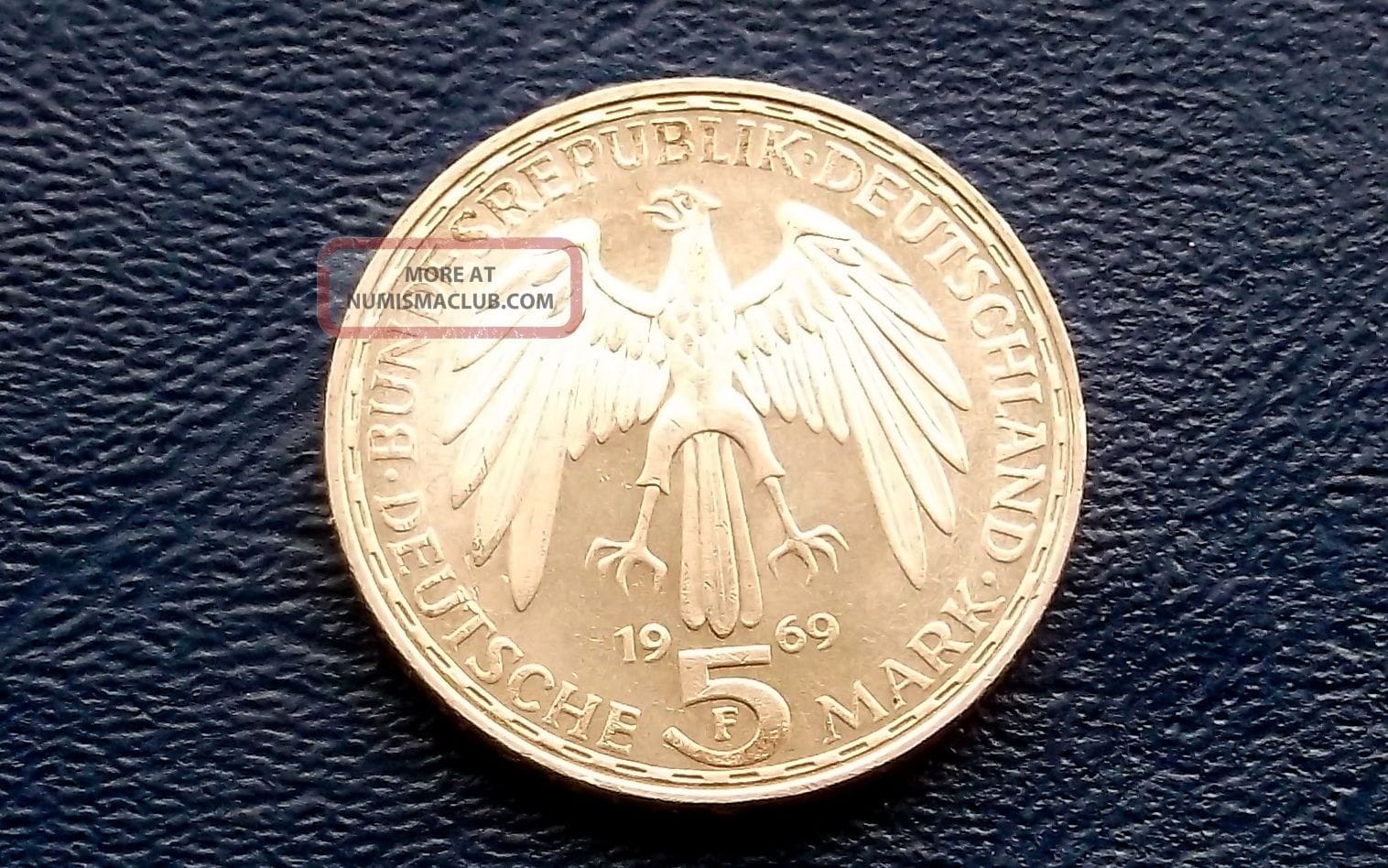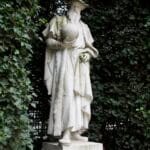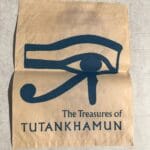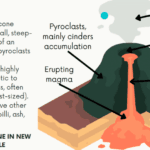Journey with us into the captivating world of Gerardus Mercator coins. These numismatic treasures offer more than meets the eye, commemorating the achievements of the cartographer who revolutionized our perception of the world. Delve into their historical significance, explore their value within the realm of numismatics, and uncover the allure they hold for collectors.
Mapping History: The Significance of Gerardus Mercator Coins
Imagine holding a tangible piece of history, a link to the past embodied in the form of a coin. Gerardus Mercator coins offer precisely that – a tangible connection to the man who reshaped our world view through his groundbreaking cartographic work. While widely celebrated for the Mercator projection, his impact extends far beyond maps, leaving an indelible mark on the world of numismatics.
These coins, far from ordinary, serve as miniature historical narratives. Each Gerardus Mercator coin whispers a tale of exploration, innovation, and the boundless nature of human curiosity. Countries around the globe have chosen to honor Mercator’s contributions by featuring him on their currency. For instance, in 1977, Germany issued a commemorative 5 Deutsche Mark coin to mark the anniversary of his death. This gesture underscores the global recognition of his impact. Intriguingly, a unique token, potentially originating from Mercator’s time, has also been identified. Adding to this legacy, his portrait once graced Belgian franc banknotes, solidifying his place in both cartographic and numismatic history.
The allure for collectors lies not just in their historical significance, but also in their inherent value. Rarity, condition, and year of minting all contribute to a Gerardus Mercator coin’s worth. Beyond monetary value, these coins provide a window into a pivotal period when maps were revolutionizing exploration and reshaping our understanding of the planet. Each coin encapsulates this transformative era.
The allure of Gerardus Mercator coins transcends mere aesthetics or monetary value. They represent a tangible link to the man who, through his groundbreaking Mercator projection, shaped how we visualize and navigate the world. To possess a Gerardus Mercator coin is to hold a fragment of this legacy, a tangible reminder of his enduring impact on our world view.
Mercator’s Enduring Masterpiece: The Mercator Projection
Gerardus Mercator’s legacy is profoundly interwoven with his most renowned creation: the Mercator projection. Developed in the 16th century, this revolutionary map projection catapulted Mercator to the forefront of cartography. Imagine the challenges faced by sailors navigating vast oceans with maps that failed to accurately represent direction. The Mercator projection emerged as a solution, ensuring that angles between locations on the map corresponded to real-world angles, thereby simplifying navigation.
However, creating a flat representation of a spherical Earth inherently involves compromise. In the Mercator projection, accuracy in angles came at the expense of size distortion. Landmasses further from the equator appear significantly larger than their actual size, while regions closer to the equator appear smaller. This distortion, while advantageous for navigation, has sparked debate regarding its implications for our understanding of global proportions.
Some experts suggest that the Mercator projection, while groundbreaking, inadvertently fostered a Eurocentric perspective by visually inflating the size and perceived importance of Europe. This distortion, though unintentional, highlights the complexities and potential biases inherent in cartographic representations.
Despite its inherent limitations, the Mercator projection remains deeply ingrained in our modern world. Its presence in classrooms, online maps, and countless other applications underscores its enduring influence on our geographical understanding.
Mercator’s Life: A Journey Across Borders
Born in 1512 in the small town of Rupelmonde, Flanders, Gerardus Mercator’s life was marked by both intellectual curiosity and the turmoil of religious change. It’s worth noting that his family had relocated to Rupelmonde from Gangelt, a town now situated in Germany. This move likely exposed him to a diverse range of cultural and intellectual influences.
Growing up in Flanders, Mercator developed a deep fascination with geography and mapmaking. His pursuit of knowledge led him to the University of Leuven, where he had the privilege of studying under renowned scholars, including the esteemed cartographer Gemma Frisius. This period proved instrumental in shaping his cartographic skills and igniting his passion for the field.
However, his life took a dramatic turn in 1552. As a Protestant during a time of intense religious conflict, Mercator faced accusations of heresy. Seeking refuge and a more tolerant environment, he relocated to Duisburg in the Duchy of Cleve, a region that is part of present-day Germany. Duke Wilhelm, recognizing Mercator’s exceptional talents, appointed him as court cosmographer, a testament to his growing reputation. Mercator spent his remaining years in Duisburg, dedicating himself to the creation of maps, globes, and other groundbreaking works until his death in 1594. His legacy continues to inspire cartographers and geographers today.
Gerardus Mercator Coin: Unearthing the Value of Cartographic Currency
Recommended Titles:
- Beyond the Map: The Intriguing World of Gerardus Mercator Coins (Capitalizes on “world” trend and intrigue)
- From Globes to Guilders: Investing in Gerardus Mercator Numismatics (Connects maps to coins and targets collectors)
- The Legacy of Gerardus Mercator: Commemorative Coins and Lasting Influence (Focuses on “legacy” and commemorative aspect)
Powerful Key Lines:
- Gerardus Mercator, the father of modern cartography, is immortalized not just through his revolutionary maps but also through rare and coveted coins. (Connects Mercator’s legacy to numismatics)
- From German Marks to Belgian Francs, commemorative coins featuring Mercator offer a glimpse into the historical significance of his contributions to geography and navigation. (Highlights specific coin types and their geographic spread)
- Collectors prize Gerardus Mercator coins for their historical value, intricate designs, and the enduring legacy of the man who reshaped our understanding of the world. (Emphasizes collector appeal and reasons for value)
- Delving into the world of Gerardus Mercator coins reveals a fascinating intersection of cartography, history, and numismatics, offering a unique perspective on this influential figure. (Positions the topic as a niche area of interest)
Structured Context:
I. Gerardus Mercator: A Legacy Beyond Maps
-
Brief Biographical Sketch: Born in 1512, Gerardus Mercator was a Flemish cartographer best known for the Mercator projection, a revolutionary map projection still widely used today. His contributions to geography, cartography, and globe-making earned him recognition during his lifetime and continue to influence our understanding of the world.
-
Numismatic Recognition: Mercator’s legacy extends beyond maps; his image and achievements are commemorated on various coins and banknotes. These numismatic tributes highlight his enduring impact on navigation, exploration, and our perception of the world.
II. Notable Gerardus Mercator Coins:
- 5 Deutsche Mark (Germany): Issued in 1977 to commemorate the 375th anniversary of Mercator’s death, this silver coin features his portrait and the inscription “GERHARD MERCATOR.”
- Token – Gerardus Mercator (Unspecified Origin): Numista, a leading online coin catalog, lists a token bearing Mercator’s name and image. Further research is needed to determine its origin, material, and historical context.
- Belgian Franc Banknotes: While not technically coins, banknotes issued by the National Bank of Belgium in 1965 featured a portrait of Mercator, further demonstrating his enduring legacy.
III. Collecting Gerardus Mercator Coins:
-
Niche Market: Coins featuring Mercator are not as widespread as other historical figures, making them particularly desirable to niche collectors interested in cartography, exploration, and the history of science.
-
Factors Affecting Value: The value of Gerardus Mercator coins is determined by factors such as rarity, condition, mint year, and material.
IV. Untapped Potential & Unique Insights:
-
Mercator’s Global Impact: Explore how Mercator’s maps influenced exploration and trade routes, connecting his cartographic legacy to specific regions represented on coins honoring him.
-
The Evolution of Mapmaking: Discuss how Mercator’s innovations in map projection are reflected in the design and imagery of coins featuring his likeness.
-
Mercator’s Relevance Today: Connect Mercator’s enduring legacy with contemporary issues like digital mapping, GPS technology, and the ongoing debate surrounding map projections and their impact on our worldview.
Additional Tips:
-
Visual Appeal: Include high-quality images of various Gerardus Mercator coins to enhance your article’s visual appeal and engage readers.
-
Expert Opinions: Consider reaching out to numismatists or coin collectors specializing in this area to provide expert commentary and insights.
-
Call to Action: Encourage reader engagement by inviting them to share their own experiences, knowledge, or questions about Gerardus Mercator coins in the comments section.
Key Points on Gerardus Mercator’s Contributions:
- Renowned Flemish cartographer, geographer, and mathematician of the 16th century
- Best known for the revolutionary Mercator projection
- Mercator projection preserved angles for nautical navigation, but distorted landmasses at higher latitudes
- Projection had a significant impact on navigation and our understanding of the world
- Despite its influence, the Mercator projection faced criticism for its Eurocentric bias and inaccurate size representation
- Mercator’s legacy is recognized through his image appearing on coins and banknotes
Key Points:
- Born in Rupelmonde, Flanders, in 1512
- Studied cartography at the University of Leuven
- Faced accusations of heresy and moved to Duisburg in 1552
- Became court cosmographer to Duke Wilhelm of Jülich-Cleves-Berg in Duisburg
- Lived in Duisburg until his death in 1594
If you are interested in learning more about the father of modern mapmaking, Gerardus Mercator, and his influence on modern-day cartography, then check out our in-depth article on mercator coinage.
- Unveiling Bernhard Caesar Einstein’s Scientific Achievements: A Legacy in Engineering - July 15, 2025
- Uncover who is Jerry McSorley: CEO, Family Man, Business Success Story - July 15, 2025
- Discover Bernhard Caesar Einstein’s Scientific Contributions: Unveiling a Legacy Beyond Einstein - July 15, 2025















